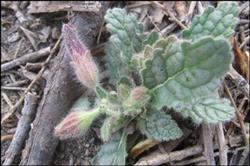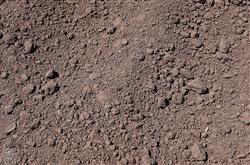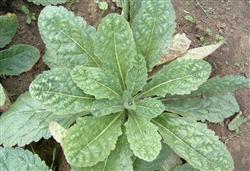Rehmannia planting: how to manage Rehmannia glutinosa seedlings?

How to manage rehmannia seedlings? What should I pay attention to? Please give me an introduction The following methods can be used for seedling management of rehmannia root: 1. Weeding in cultivation: from the end of April to the beginning of May, the management should focus on weeding in cultivation. During this period of rehmannia emergence, weeds in the field must be removed in time to prevent weeds from competing for light and fertilizer, affecting the normal growth of rehmannia. At this time, the seedlings are small and the roots are shallow. Be careful not to loosen the rhizomes to prevent damage to the rhizomes. 2. Thinning and seedling determination of rehmannia root: When the seedlings are 3-4 cm high, when the seedlings grow 2-3 leaves, they should be thinned in time. Because rhizomes have more than 2 bud eyes, they can grow multiple seedlings. If they are not thinned in time, they will affect the development of rhizomes in the later stage due to lack of concentration of nutrients. Leave 1-2 seedlings in each hole. Such as found when the lack of seedlings can be supplemented, supplemented seedlings should be watered in time, conducive to seedling survival. 3. Fertilization and irrigation of rehmannia: rehmannia is a densely planted crop, so fertilization must keep up to meet the nutritional needs of plants. Not only enough basal fertilizer should be applied, but also appropriate topdressing. After the seedlings are fully grown, the compound fertilizer should be applied beside the plants (or 100kg of calcium superphosphate and 30kg of decomposed cake fertilizer should be applied per mu after thinning to promote the development and expansion of rhizomes. When sealing the rows, ash should be applied once between rows) to ensure the nutrients required for the growth of rehmannia root and strengthen the medicinal properties of roots. After topdressing, water should be watered in time to meet the needs of rehmannia growth for water, so that plants can fully absorb nutrients. Click for more rehmannia cultivation technology Click for more herbal cultivation technology
- Prev

Cultivation of Rehmannia glutinosa: how to manage it well?
How to manage Rehmannia glutinosa? What are the ways? Please give a detailed description of the method of Rehmannia glutinosa cultivation can be managed with reference to the following methods: 1. The choice of planting land of Rehmannia glutinosa: Rehmannia glutinosa should be selected with deep, fertile and well-drained sandy loam. Rehmannia glutinosa should not be replanted. Turn the soil 25 cm deep in the first winter or early spring.
- Next

Planting Rehmannia glutinosa: what are the diseases and insect pests of Rehmannia glutinosa?
What are the diseases and insect pests of Rehmannia glutinosa? How to prevent and cure it? We also ask friends to introduce the diseases and insect pests of Rehmannia glutinosa, such as soybean cyst nematode, red spider, leopard nematode, aphid, ground tiger, mole cricket and golden needle worm. Detailed control methods can be listed as follows: first, the prevention and control of soybean cyst nematode: 1. Agricultural measures.
Related
- Fuxing push coffee new agricultural production and marketing class: lack of small-scale processing plants
- Jujube rice field leisure farm deep ploughing Yilan for five years to create a space for organic food and play
- Nongyu Farm-A trial of organic papaya for brave women with advanced technology
- Four points for attention in the prevention and control of diseases and insect pests of edible fungi
- How to add nutrient solution to Edible Fungi
- Is there any good way to control edible fungus mites?
- Open Inoculation Technology of Edible Fungi
- Is there any clever way to use fertilizer for edible fungus in winter?
- What agents are used to kill the pathogens of edible fungi in the mushroom shed?
- Rapid drying of Edible Fungi

